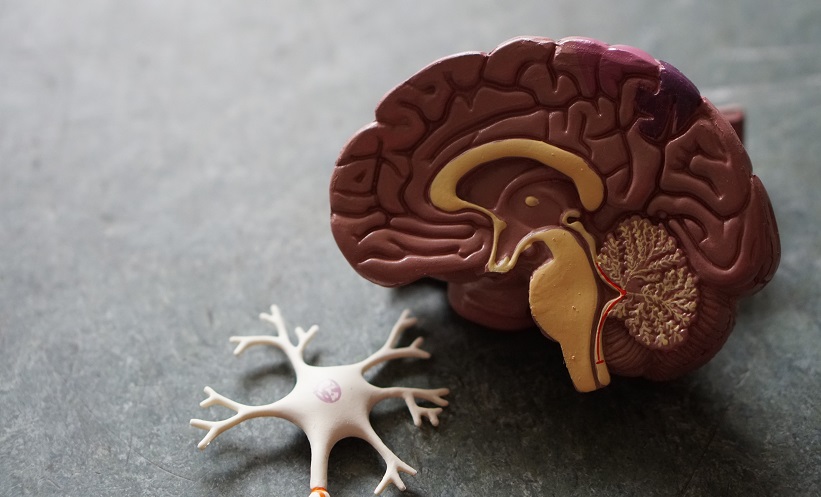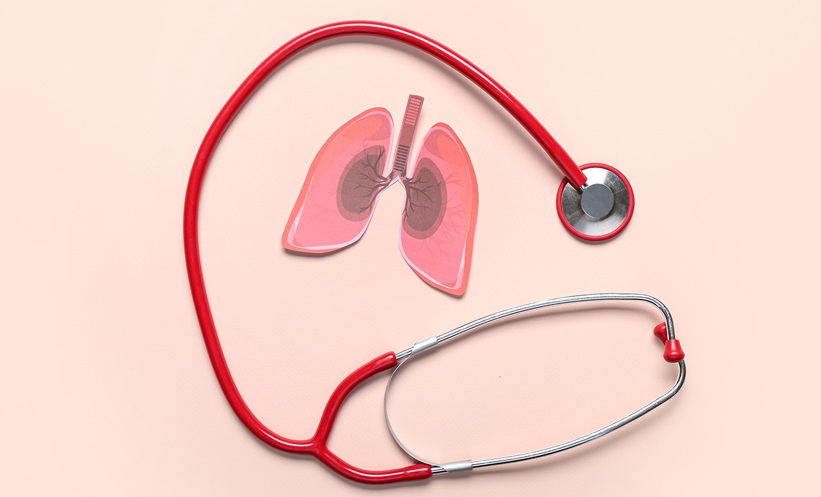CORONAVIRUS disease (COVID-19) has been linked to the development of neurological symptoms and complications in patients who become ill with the infection. Despite this, researchers struggled to determine how many people had these conditions and who was at risk.
Now, a retrospective, international multicentre study has determined a visual correlation between abnormal findings on chest CT scans and brain MRI images in patients with COVID-19 and neurologic symptoms. Dr Abdelkader Mahammedi, who co-led the research group and is based at the University of Cincinnati, Cincinnati, Ohio, USA, highlighted the relevance of the investigation: “We’ve seen patients with COVID-19 experience stroke, brain bleeds, and other disorders affecting the brain. So, we’re finding, through patient experiences, that neurological symptoms are correlating to those with more severe respiratory disease; however, little information has been available on identifying potential associations between imaging abnormalities in the brain and lungs in COVID-19 patients.”
The academics reviewed the electronic medical records and imaging of patients hospitalised with COVID-19 between March and June 2020. Patients who were diagnosed with COVID-19, experienced acute neurologic symptoms, and had available chest CT and brain imaging were included in the study. The five lobes of the lungs were individually assessed on a scale of 0–5 (ranging from no involvement to >75% involvement). The sum of lung involvement was subsequently used to generate a CT lung severity score between 0 and 25 (0 corresponded to no involvement and 25 corresponded to maximum involvement).
A total of 135 patients met the study inclusion criteria. Compared with 64% of individuals without acute abnormalities on neuroimaging, 36% of patients with these findings had a higher average CT lung severity score (5.8 versus 9.9, respectively). These differences were statistically significant (p<0.001). Furthermore, a threshold CT lung severity score of >8 was almost 75% sensitive and 65% specific for imaging abnormalities in the brain.
Dr Mahammedi summarised the clinical importance of these research findings: “These results are important because they further show that severe lung disease from COVID-19 could mean serious brain complications, and we have the imaging to prove it.” Going forward, Dr Mahammedi noted: “Future larger studies are needed to help us better understand the tie better, but for now, we hope these results can be used to help predict care and ensure that patients have the best outcomes.”








